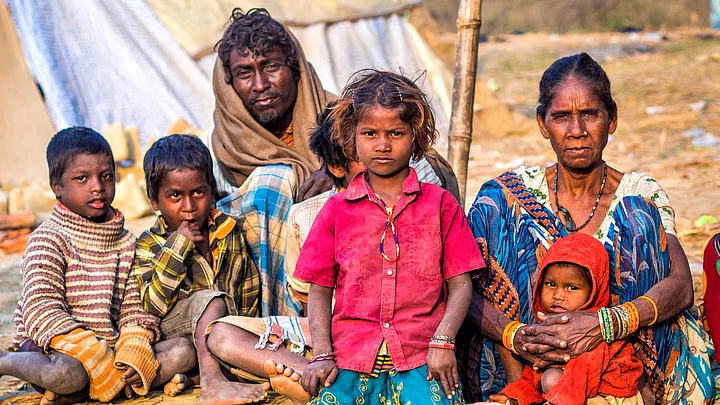India witnessed 416 terror-related deaths in 2014 according the 2015 Global Terrorism Index (GTI) data.
In the year 2015, 12.4% of all deaths in the country were due to heart diseases, while 10.8% were due to chronic lung diseases. In the same year, over 50,000 people were murdered.
While these figures feature as mere statistics in news reports, what dominates the media narrative in terms of deaths and violence, is terrorism.
The same is validated by our Prime Minister, who believes that ‘terror is our gravest threat’, as clear from his recent speech in Mozambique.
Commenting on the same, Aakar Patel in his blog in The Times of India asked a legitimate question – “Exactly what sort of threat is terrorism?”
More People Die of Heart Diseases and Homicides Than Terror Attacks
Terror attacks, militant insurgencies, and the rise of outfits like ISIS and Boko Haram are global issues that need urgent tackling, and a rightful amount of media space.
But in the face of larger, more pressing problems in the country, it’s a bit problematic when Modi endorses and subsequently legitimises terror attacks as the single largest threat looming ahead.
In the year 2012, 252 civilians died in terrorist and insurgency-related violence in India. The same year, 43,355 people were murdered, which implies that the number of people murdered was 170 times more than the figure of terror victims.
2012 was not an exception, for this has been a recurring pattern since 2000. India is ranked second in the list of countries with the most intentional murders – homicides.
Why is it then, that these deaths do not find any space in government discussions or media discourse?
It’s become a common (mis) conception that terrorism is responsible for some of the most violent deaths, when in fact, statistically, that is not the case.
More than 10,000 children die of malnutrition each week in India. Thirty-eight percent of Indian children are stunted at age 2. These glaring numbers are, more often than not, buried deep beneath empty talk of Twitter spats, Snapchat and Salman Khan, that all of us, including the media, feed into.
And that is only the tip of the iceberg. Causes of death are not the only issue plaguing the country. Issues of illiteracy, urban-poor gap, and unemployment, are problems that have more far-reaching effects than what school textbooks would have us believe.
Terrorism Dominates Media Coverage
The argument is not meant to downplay or denounce the impact of terror attacks in the country. Terrorism is a malicious threat, and one that needs to be swiftly dealt with, but there has to be an equal if not greater emphasis on more systemic problems.
It is often the media that sets the agenda. It prioritises what’s nationally important and what’s not, based on a number of factors. And often, the public gaze is seized by the media’s view, in which the sporadic, highly visible incidents of terror are found to be more dominant.
This “disproportionate” coverage as Aakar Patel calls it, gains validation when the Prime Minister of the country endorses it on a global platform. What it also conveniently does is disregard the millions of deaths that happen because of poor health facilities or increasing drug abuse in the country.
The number of deaths from insurgency or terrorism have dramatically gone up in the past 15 years, but the numbers are significantly lower when compared to other factors like homicide, chronic diseases or cases of self harm.
Of course, terrorism as an issue is more relatable. The news of a bomb going off in a market you visit is bound to have more impact. But is that justification enough for not giving headline space to socio-economic issues like malnourishment, road rage and unemployment?
It’s convenient to discuss, debate and opine about an issue that has global attention and resonance. That way, problems back home are swept under the carpet, doing more harm for being ignored.
A Balanced Talk?
If you (India) walk into the future economy with 40% of your workforce having been stunted as children, you are simply not going to be able to compete.Jim Yong Kim, World Bank President
Apart from asserting terrorism as the gravest threat, Modi also delved into India’s rising growth rate and how it’s the world’s “most open economy.”
The claims sound hollow, almost cruel, when faced with statistics as harsh as what Jim Yong Kim refers to above.
Nothing is more damaging for the nation than its leader downplaying severe issues that are stunting not only children, but the country’s future. And it’s not his onus alone. The media has its role to play too.
And therefore, Mr Modi, apart from terrorism, your inability to acknowledge some of these issues is also a grave threat.
(At The Quint, we question everything. Play an active role in shaping our journalism by becoming a member today.)
